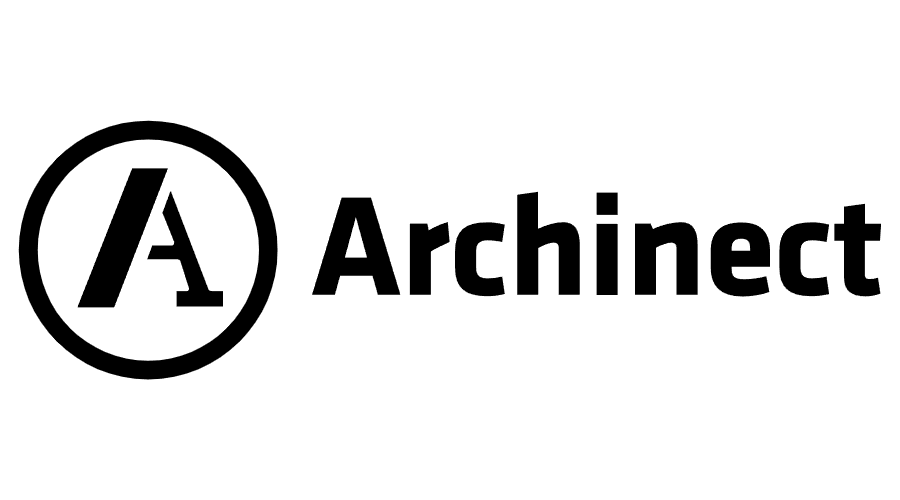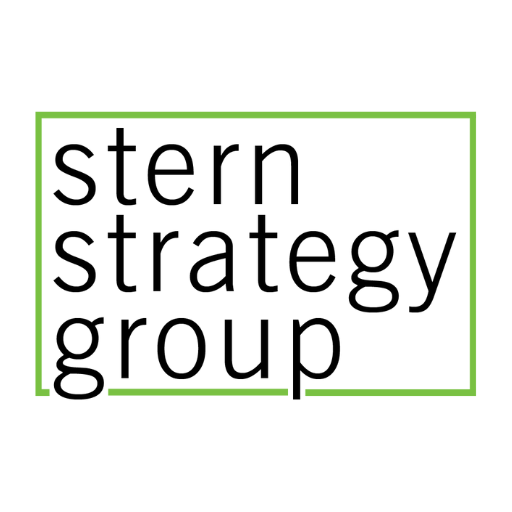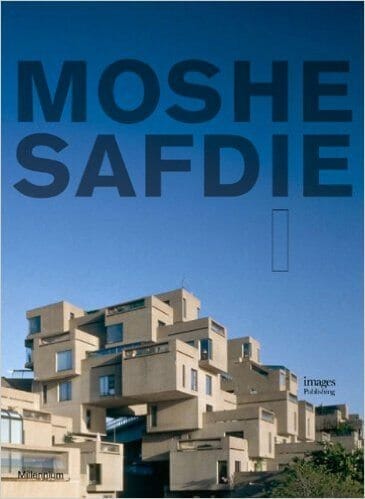Videos
Learn More About Moshe Safdie
What is a project’s inherent and deep purpose? For visionary architect Moshe Safdie (MO-shuh SAF-dee), the answer centers on discovering the life intended inside. “If you can identify completely with those who will live, work and be [in that building], you are half way to victory.”
Throughout his 50+ year career, the Israeli-Canadian-American architect has embraced the relationship between architecture and society, creating designs that transcend the boundaries between building and nature, social and urban environment, private and public space – giving life to landscapes that fulfill both beauty and purpose. A self-described modernist, Safdie’s work and contributions to the dialogue on sustainable urbanism are unsurpassed in contemporary practice.
Safdie is founder and principal of Safdie Architects, the international architectural and urban planning practice headquartered in Boston, with offices in Jerusalem, Toronto, Singapore and Shanghai. His work spans cultural, educational and civic institutions, as well as neighborhoods, public parks, resorts, urban centers and airports across Israel, Canada, China, India and the U.S. With his firm, Safdie’s currently under construction or recently completed projects include Mamilla Center in Jerusalem; Marina Bay Sands in Singapore; Khalsa Heritage Centre in Punjab, India, the United States Institute of Peace headquarters in Washington, D.C. and the Crystal Bridges Museum of American Art in Bentonville, Arkansas.
Born in Israel, Safdie earned his architecture degree from Montreal’s McGill University. After apprenticing with legendary American architect Louis Khan, he returned to Montreal to oversee the master plan for the 1967 World Exhibition and realize Habitat ’67, an adaptation of his master’s thesis at McGill that became a central feature of the World Exhibition. The Habitat ’67 project remains a groundbreaking design in the history of architecture, launching Safdie’s career on the international platform.
Also lauded as an influential theorist, author and educator, Safdie has held teaching positions at Harvard, Yale and McGill. Like his designs, his writings stress the need to create meaningful, vital and inclusive spaces that enhance community, informed by the geographic, social and cultural elements that define a place, while responding to human needs and aspirations. Safdie’s most notable books include, “Beyond Habitat” (1970), “Form and Purpose” (1972) and “The City After the Automobile” (1997), which details his ideas about urbanism and city planning. Several monographs of his work have also been published, and his designs continue to be the subject of films and exhibitions.
Widely recognized for his enduring influence on the built environment, Safdie has received numerous awards, honorary degrees and civil honors. Most recently, he was named the 2019 Wolf Prize laureate for architecture (Israel’s most prestigious international award) and was bestowed the 2015 American Institute of Architects (AIA) Gold Medal, the profession’s highest annual honor.
Moshe Safdie is available to advise your organization via virtual and in-person consulting meetings, interactive workshops and customized keynotes through the exclusive representation of Stern Speakers & Advisors, a division of Stern Strategy Group®.
Humanizing the Megascale: Lessons in Dense Urbanism
It has been 100 years since the first skyscraper was built and we still have no idea how to deploy it as an urban building block. As a profession, we are obsessed with the tower as an object – an urban sculpture – with little focus on collective space or quality of life in towers, believes Moshe Safdie. The 20th and 21st centuries have brought demographic shifts, exploding populations, the extraordinary concentration of tens of millions in urban centers, and taller and taller buildings served by ever-expanding mobility and communication systems. With this new reality, a world in which the dominant building type is the high-rise building, the very foundation of human environmental aspirations is threatened: light, air, a sense of identity, contact with nature, privacy and the sense of community. Safdie delves deep into why we must employ new architectural and urban design inventions – those which transcend individual buildings – to maintain and enhance the fundamental aspirations so essential to the human spirit. Moving beyond sheer market forces, he urges the architectural profession to respond to these imperatives to create a new kind of public realm that mitigates and humanizes the megascale city.
Designing for Cultural Relevance
Fitness to purpose, in the Darwinian sense, has long been an underlying theme for architecture. From the earliest human-made shelters to the sophisticated structures of vernacular and ceremonial architecture, the search for perfect fitness has addressed many issues: using available materials and construction methods innovatively; responding to site and local climatic conditions; creating spaces which fit the lifestyle and the rituals of cultural and religious life. The exploration for fitness to purpose must be at the center of architectural invention, says Moshe Safdie; architecture cannot be independent of place, and the notion that there are universal solutions that fit all is a myth. How do we to create an architecture of belonging in the era of globalization? It must be particular, not general, and should draw on specificity of place (context, urban or rural, land, flora, fauna, essence of culture). From Safdie’s first visit to China in 1973, and his work around the globe in the subsequent years of practice, this responsiveness to cultural relevance has taken him across four continents, from the Inuit community in the Canadian Arctic, to the developing world, throughout Europe and the Americas, to the rapidly changing Asian landscape.
The City After the Automobile: Rethinking Transportation
With the new densities seen in cities across the world, the private automobile is not sustainable. For walkable places of rich interaction, we must start with urban transportation. There has never been a major change in city structures without a corresponding revolution in transit, from the advancement of the urban rail system in the 1850s to the private automobile in the 1920s. We are just beginning to think about how we can replace the automobile and revolutionize how we use it. Moshe Safdie’s book, “The City After the Automobile,” led to a research fellowship in the office: Mobility on-Demand and the Redesigned City. He discusses this research, showing that if we were to plan our cities with the idea of using the automobile as a utility on demand, similar to the proliferation of city bikes on demand, we can open the possibility of new interfaces – reducing cars by 70% and parking areas over 50%. He explains why this has great potential, with rapidly developing new technologies and innovations, for our ability to reclaim and reimagine the public realm.

With Intention to Build: The Unrealized Concepts, Ideas, and Dreams of Moshe Safdie
(Images Publishing Dist Ac, November 2020)

Peace Building: The Mission, Work, and Architecture of the United States Institute of Peace
(United States Institute of Peace, 2011)















































